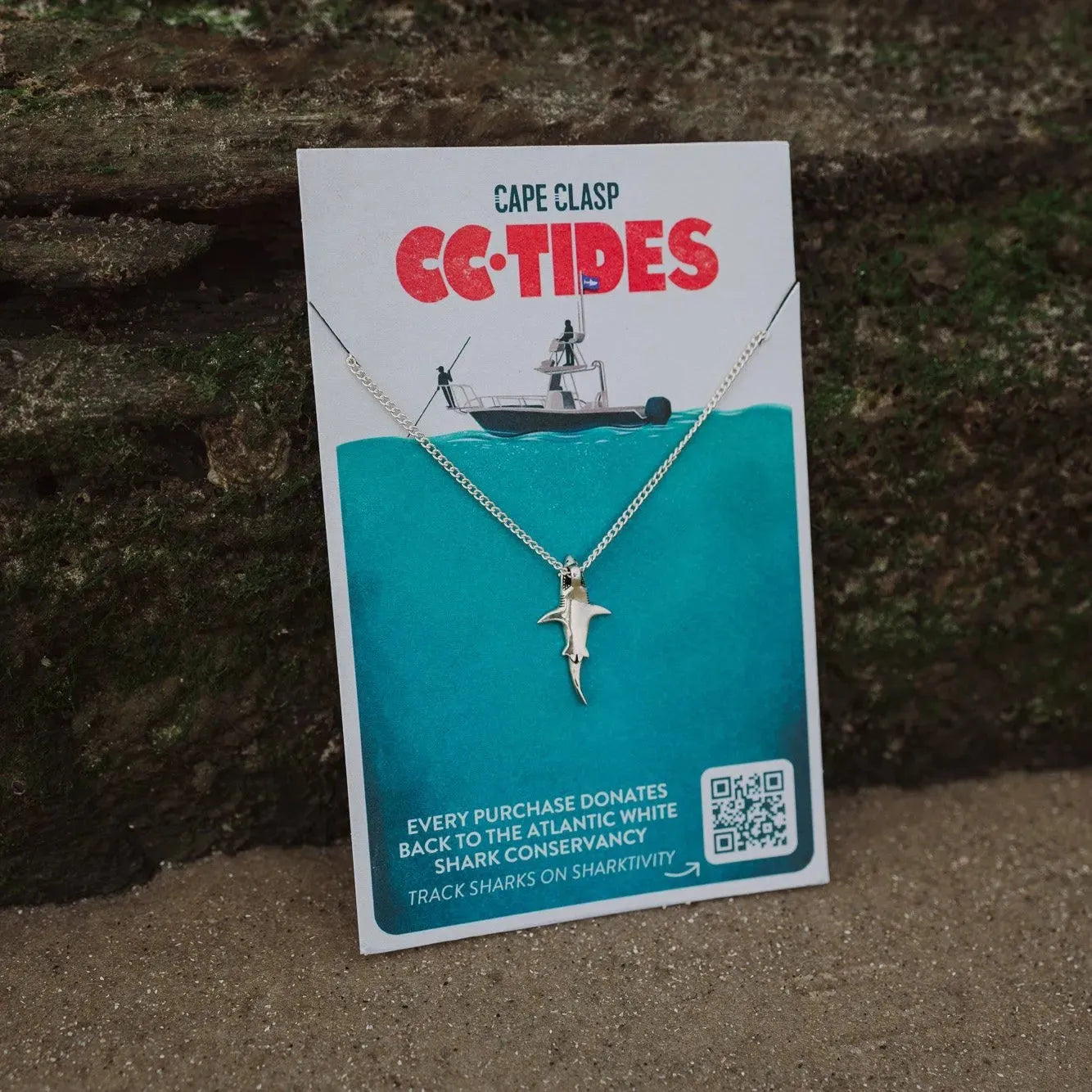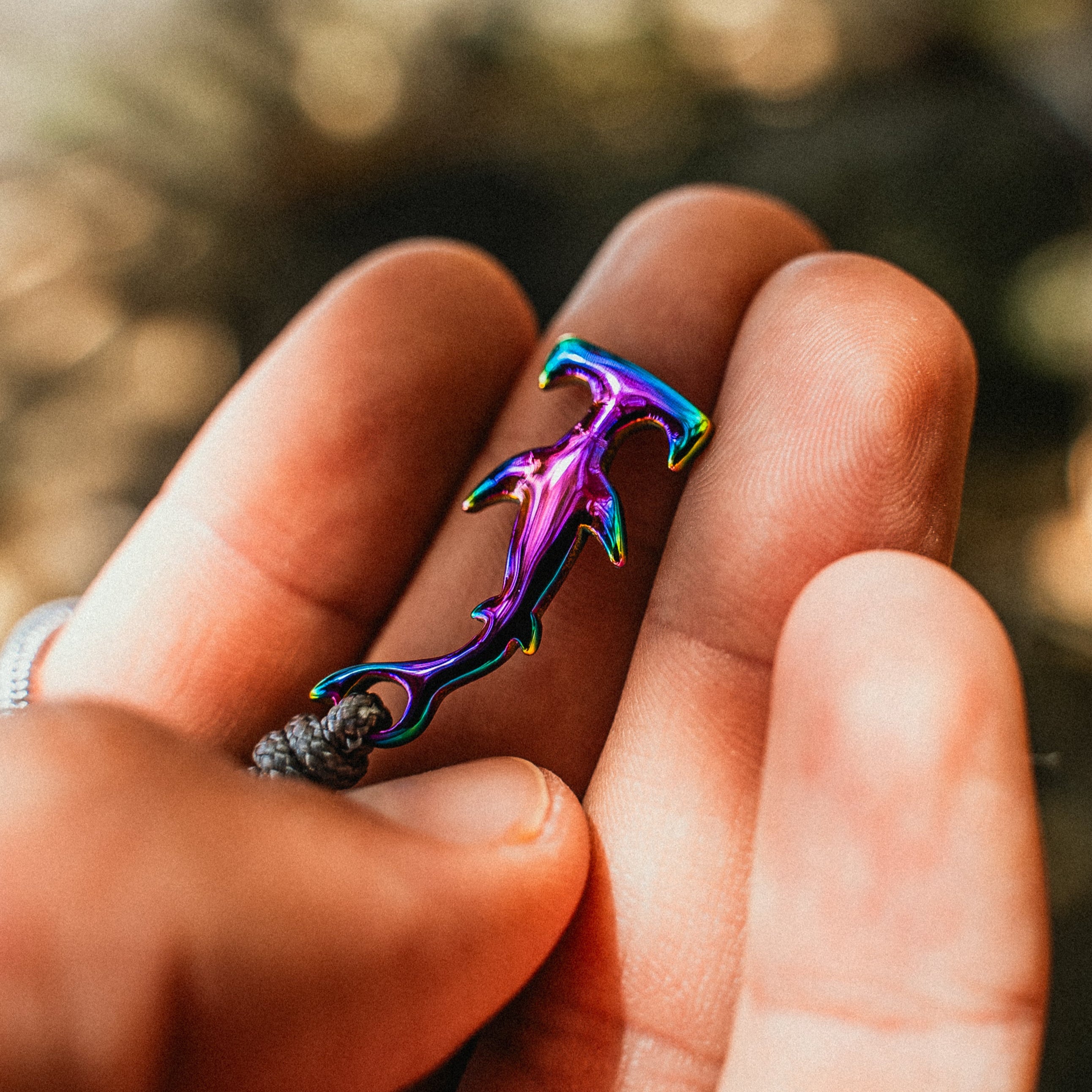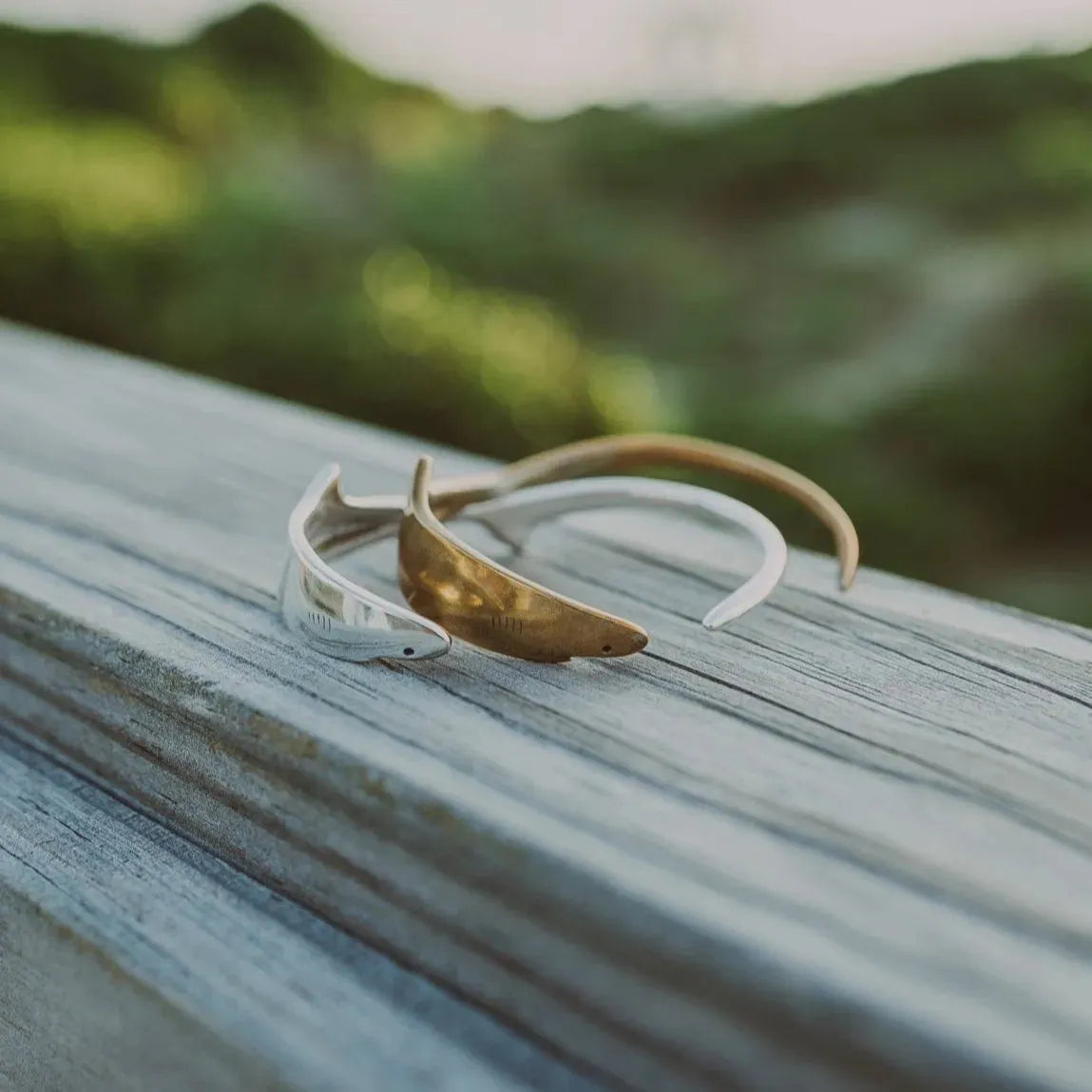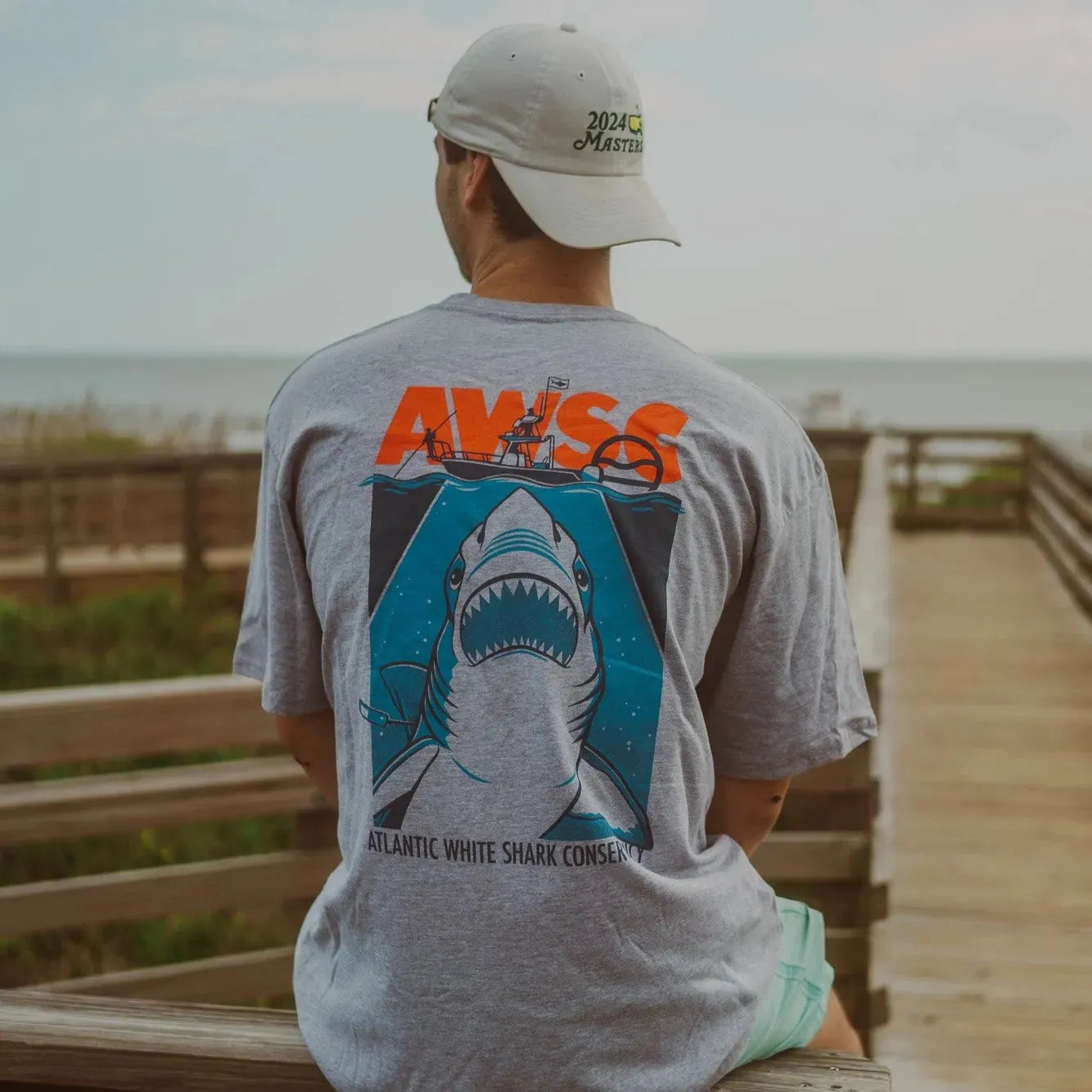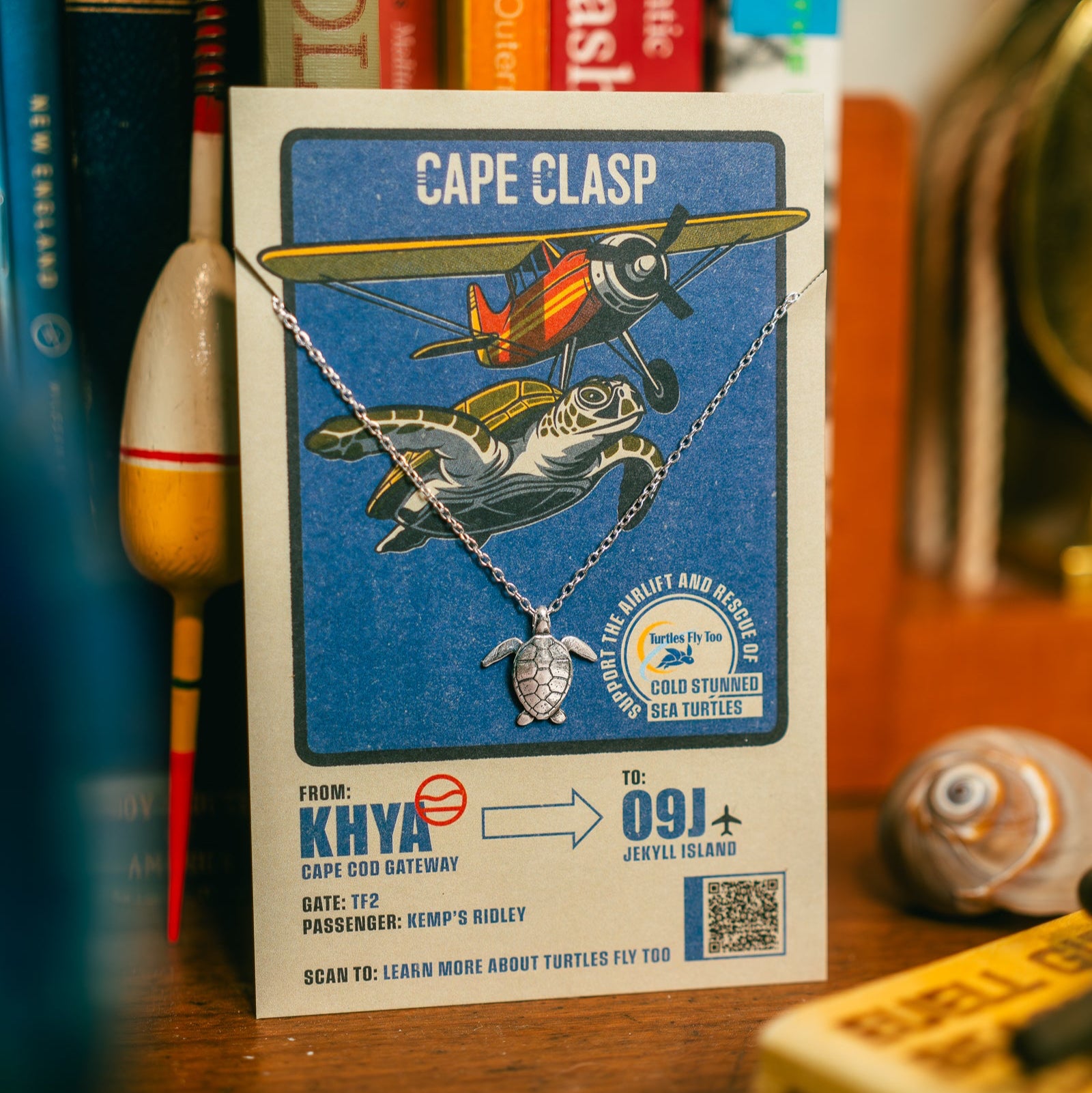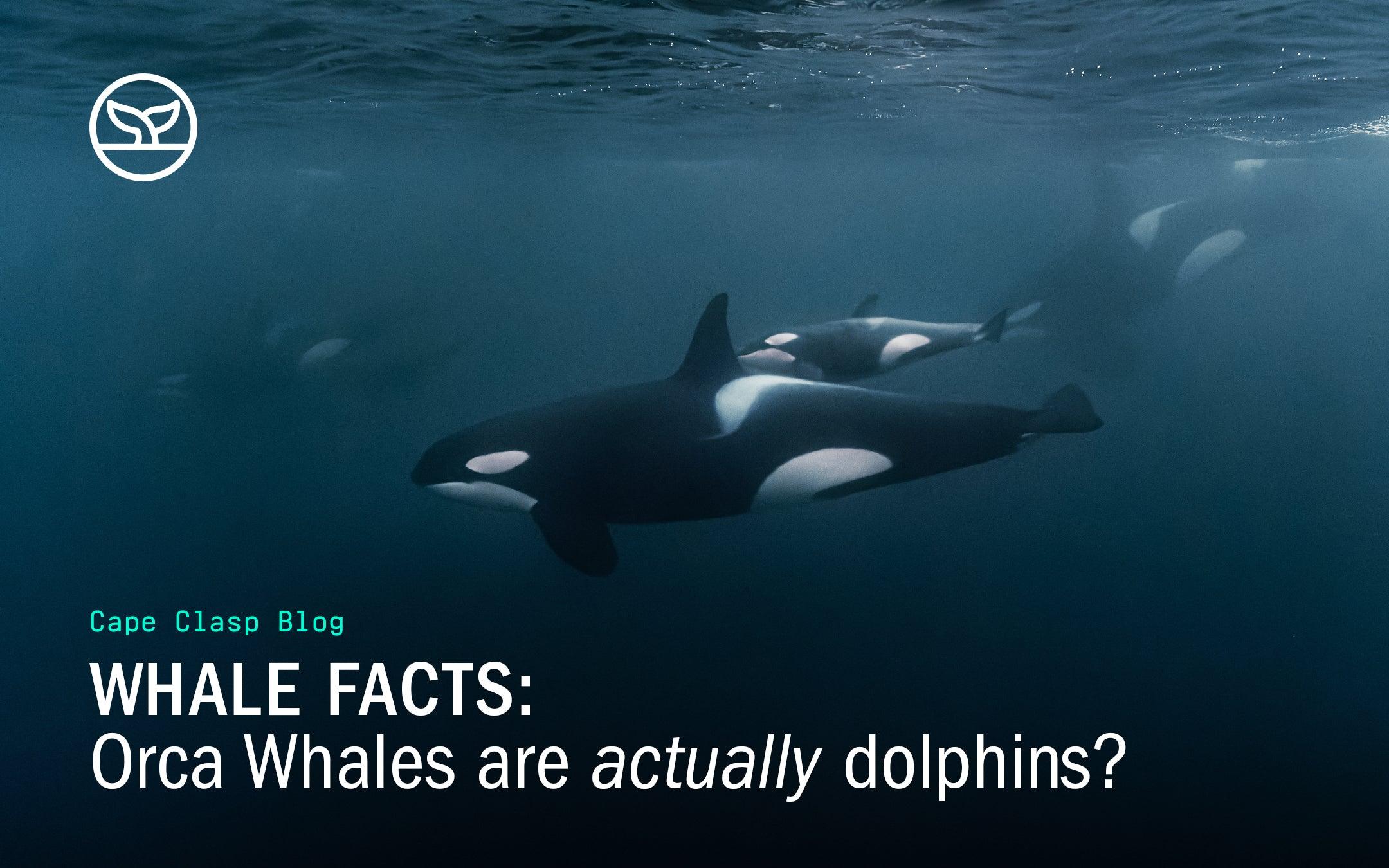
Whale Facts: Orca Whales Are Actually Dolphins?
Orcas are probably the most notorious ocean predators. After all, they carry the killer in their name!
But their title is very misleading, so they have an undeserved reputation and tend to be very misunderstood.
What if I were to tell you that killer whales are actually dolphins?
And that they're not any more of a "killer" than any of the large shark species, other carnivorous marine mammals, or any other apex predator. They're certainly not bloodthirsty killers that are a danger to humans.
Orcas are said to have got their name from ancient sailors, who watched them hunt and prey on much larger whale species. That is why they gave them the Spanish name of "asesina ballenas," or whale killer.
But at some point, that got turned around into "killer whale." And that name has stuck with them until today.

What are the differences between a whale and a dolphin?
Both whales and dolphins are ocean mammals, unlike sharks that are fish.
As ocean mammals, they need to breathe air, which they do by coming up to the surface and breathing through their blowhole. On the other hand, fish take in oxygen from the water through their gills.
Many people distinguish between a whale and a dolphin because of their size. Whales are much larger than dolphins. The blue whale is both the largest whale and the largest animal to have ever existed, and it can measure up to a whopping 100 feet long. In comparison, dolphins are relatively small, measuring anywhere from the 4-5 feet of the Maui and Hectors dolphins to the 30 feet that an orca can reach.
But actually, dolphins and whales are actually part of the same family. If we want to tell them apart, we can start with their teeth.
Toothed and toothless whales
Whales themselves are a pretty diverse bunch, but one of the ways we can group them is by using their teeth. Or lack of them.
Whales belong to the Cetacean order of marine mammals, and we can see that this order splits into two. On the one hand, we have the Mysticeti or baleen whales, and on the other, we have toothed whales or Odontoceti.
There are also other differences apart from their teeth, such as the number of blowholes, as baleen whales have two while toothed whales have one.
Baleen whales have no teeth but instead have something called baleen plates inside their mouths, long filaments that they use for filter feeding. They take in water through their open mouths, close their jaws, then push the water out through their baleen plates. This way, they filter the plankton and krill that live in the ocean for food.
Then we have toothed whales that use teeth instead of baleen plates to feed themselves. This group includes sperm whales, the great squid hunters of the deep, and narwhals, the magical unicorn-like ocean creatures that can be spotted with their one long horn-like tusk emerging from holes in the ice in the Arctic Ocean.
And where do orcas and other dolphins fit into this?
They belong to a family that falls under the Odontoceti group of toothed whales, the family of Delphinidae. Like other toothed whales, they have many short conical teeth that help them grasp onto prey and slice through it before devouring it with their strong jaws.
And they have something else that sets them apart.

Echolocation communication
A special talent that dolphins possess is the ability to communicate by echolocation, very similar to bats.
Echolocation uses sound to locate objects and communicate back. The dolphins produce a series of high-frequency pulses by vibrating an organ in their head called a melon. These pulses create sound waves that travel through the water.
When the sound waves hit another object, they bounce off and return an echo. The returning pulses create a picture that allows them to 'see' with sound around them as if it were sight or sonar.
Whales and dolphins have no external ears, so they use the water as a natural amplifier for their sounds. In fact, scientists believe that whales and dolphins developed echolocation as a way to travel in the dark depths of the ocean where there is no light. They can find objects like prey, obstacles to avoid, or other dolphins without relying on sight or smell, which is very useful when the water isn't clear or when it is dark.
In recent years, especially with more studies being done on these 'killer' whales, it has become clear that this false name doesn't reflect who they are or the extraordinary complexity of these highly intelligent animals.
Orcas are capable of many complex tasks, including solving problems, comprehending simple symbols/linguistic elements, and using tools when hunting prey. They are one of the very few animal species, apart from humans, that exhibit cultural behaviors within their population, handed down through generations.
And perhaps most intriguing is their use of language.
Social Orcas
As well as using echolocation for hunting, orcas use sound to communicate with one another. They have their own language of codified clicks and tones that help them identify another pod member or family member within their same group, very much like a dialect.
They developed their dialects over time based on their area and the pods that live close by. Orcas can even mimic other orcas' different dialects so they can seek contact with different families when they want to mate or form alliances.
They also use sound to stay in contact with their young or other pod members who might be a small distance apart from the group. These vocalizations can travel up to 10 miles underwater, allowing the family to keep track of what is going on in their environment.
These types of complex communication amongst orcas help them live together as a cohesive unit during mating seasons and feeding times. This allows for more successful hunts by collaborating within the group and better protection within their pods. And all these factors help orcas stay at the top of the ocean food pyramid, like the apex predator that they are.
The more scientists learn about these fantastic creatures, the more we discover how intelligent and social they are. It turns out that we as humans have more similarities with orcas than you'd think!



